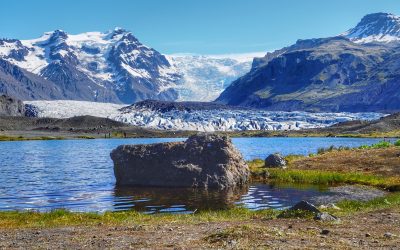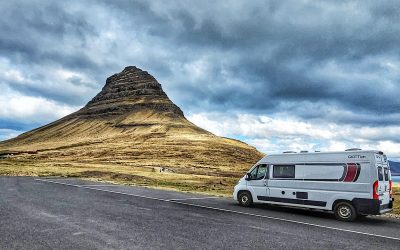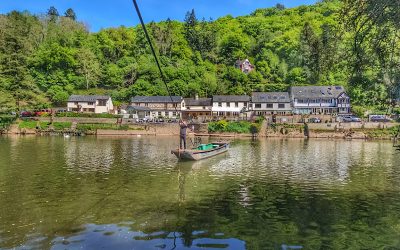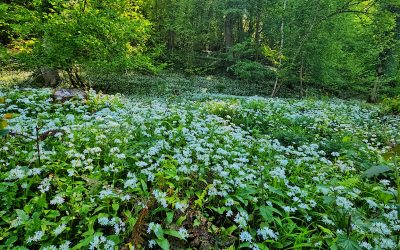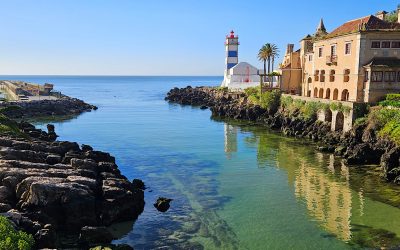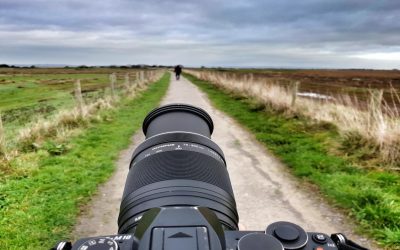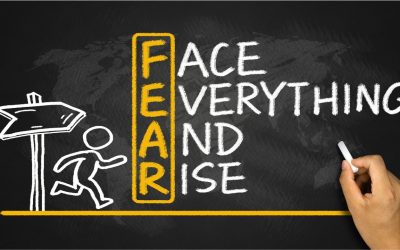An epic road-trip around Iceland will leave you breathless, heart filled and wanting more. Yet if you want to uncover Iceland’s magic and...
Karen
Karen
What to see when visiting Iceland’s Snæfellsnes Peninsula
Iceland is so rich in soul busting landscape, that even on a short visit here, you will get a great flavour of this special place. If,...
How to make the most of your short visit to Reykjavik, Iceland
If a brief trip north to Iceland is on your travel itinerary, then you will be asking yourself how to make the most of your short visit to...
Reasons to stay in the Wye Valley, Symonds Yat
There are so many reasons to stay in the Wye Valley, Symonds Yat. An area that is so often bypassed down the A40 to Newport in Wales or...
The Best Foraging, Springtime Recipe
Have you ever tried wild garlic Pesto? If not, then you must read on. This is the best foraging Springtime recipe, that you can make, both...
Wonderful Walks this week in Spain & Portugal
In this new Wonderful Walks feature, I share some of the wonderful hikes I’ll do whilst on our travels around the world. This first...
What to see in Portugal’s Riviera town of Cascais
In this blog, we share what to see in Portugal’s Riviera town of Cascais, when in the Lisbon area. A destination where sophistication and...
Learning how to develop my photography skills
Capturing moments, places and people has been my passion for decades, and learning how to develop my photography skills feels important....
How to Face and Overcome your Fears
“Taking on a challenge is a lot like riding a horse, isn’t it? If you’re comfortable while you’re doing it, you’re probably doing it...
What’s the best village in Portugal? Comporta!
If there was a place I would like to settle down in, it would be Comporta. For me, this answers the question, What's the best village in...
Discover Iceland’s magic in just four days
Can you possibly discover Iceland's magic in just four days ? Surely that’s not enough to really experience a place and leave a little of...
How to think Positively
In a modern world dominated by stress, anxiety and mental health issues, learning how to think positively and master our thoughts is key...
Follow us
You can find us on social media,
different channels for different content.

